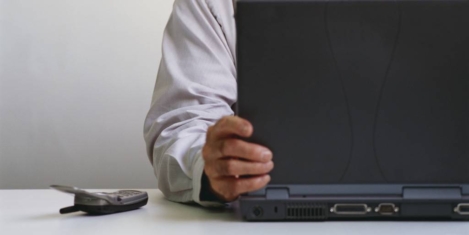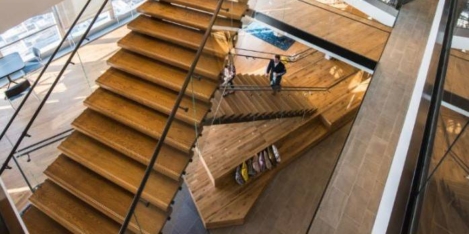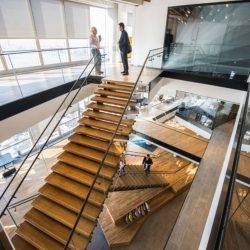February 28, 2017
Digitisation of workplace boosts earning powers in creative and design sector 0

The rise of the gig economy and social media platforms have pushed creative and design jobs up the salary ranks, according to the latest UK Job Market Report from Adzuna.co.uk. In January, average salaries in this sector saw an annual increase of 2.2 percent to £31,828, with its popularity being driven by factors such as the new digital age coupled with the expertise of graduates who step into the jobs market with a fresh outlook on social media channels such as Snapchat and Instagram, which are highly valuable to employees. Across the job market, the employment rate stands at 74.6 percent, the highest since comparable records began in 1971 according to the ONS. This has been helped by a record proportion of women in work, with so-called ‘returnships’ – a type of later-life work experience helping older people, predominantly women back into the workplace – boosting the figures. Immigration may have tailed off in the wake of Brexit, but this also previously helped stimulate the jobs market.











 The majority (79 percent) of workers say reliable and modern technology is more important to them than office aesthetics, while accessories such as ping pong tables, slides, hammocks and wacky office designs may look good in pictures, but they don’t necessarily make employees any happier or productive. The is according to a survey, conducted by storage firm Kiwi Movers, which found that 86 percent of UK adults who work in an office said fun features were of no specific value to their working life, 11 percent said they were nice-to-have and of some value and 3 percent said they were very valuable. The most popular office perks are those offer an immediate tangible benefit to the employee, but even so, as many as 23 percent don’t take advantage every day; while 71 percent overall said they’d like more space in their office and of those, 58 percent believe that could be achieved by removing non-essential items. The research also found that younger workers were more likely on average to take advantage of ‘environmental’ perks like chill out areas and recreational equipment.
The majority (79 percent) of workers say reliable and modern technology is more important to them than office aesthetics, while accessories such as ping pong tables, slides, hammocks and wacky office designs may look good in pictures, but they don’t necessarily make employees any happier or productive. The is according to a survey, conducted by storage firm Kiwi Movers, which found that 86 percent of UK adults who work in an office said fun features were of no specific value to their working life, 11 percent said they were nice-to-have and of some value and 3 percent said they were very valuable. The most popular office perks are those offer an immediate tangible benefit to the employee, but even so, as many as 23 percent don’t take advantage every day; while 71 percent overall said they’d like more space in their office and of those, 58 percent believe that could be achieved by removing non-essential items. The research also found that younger workers were more likely on average to take advantage of ‘environmental’ perks like chill out areas and recreational equipment.



















